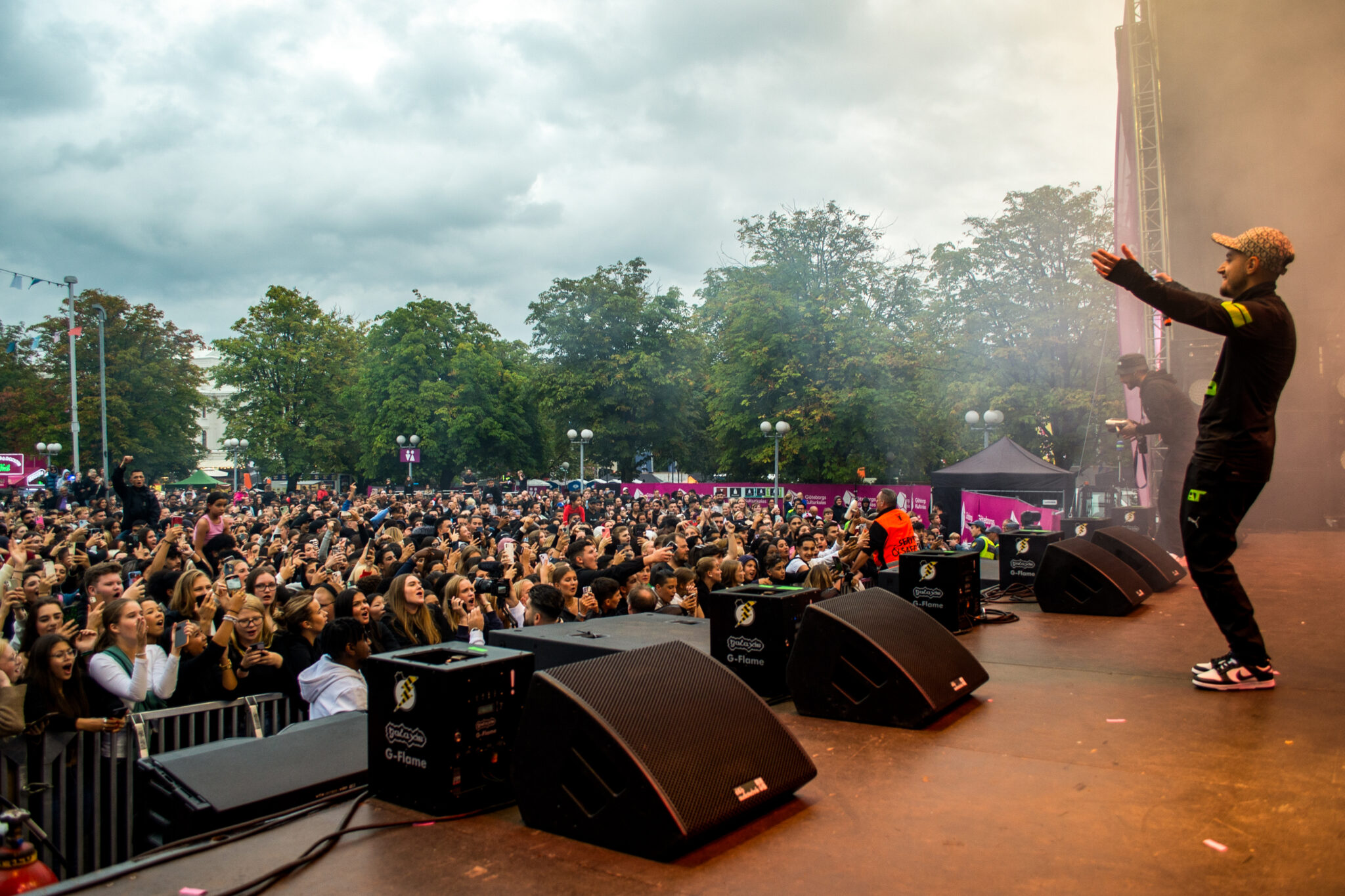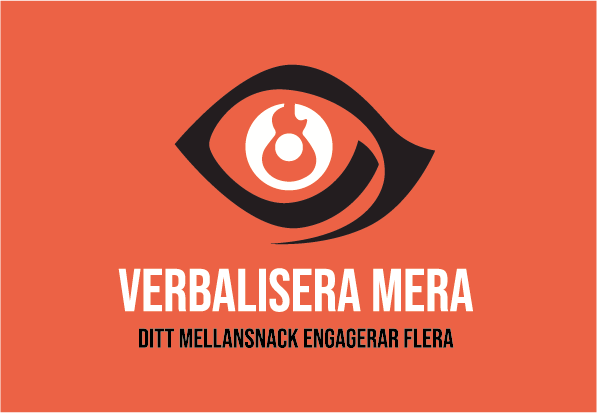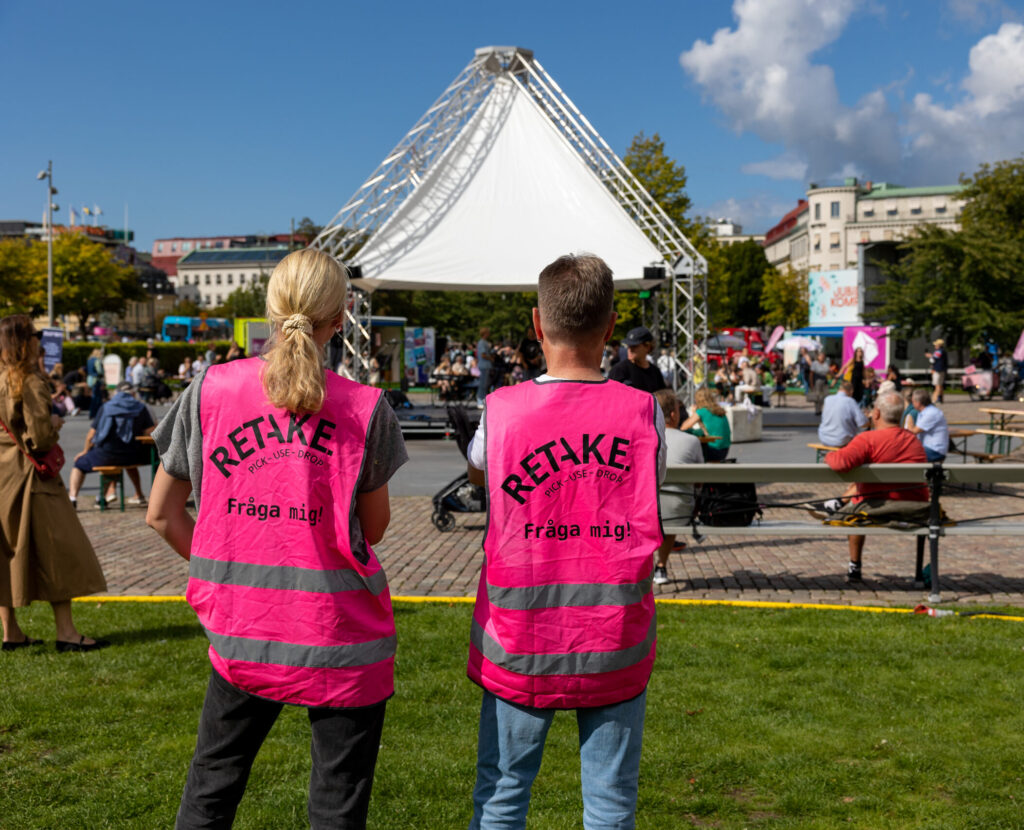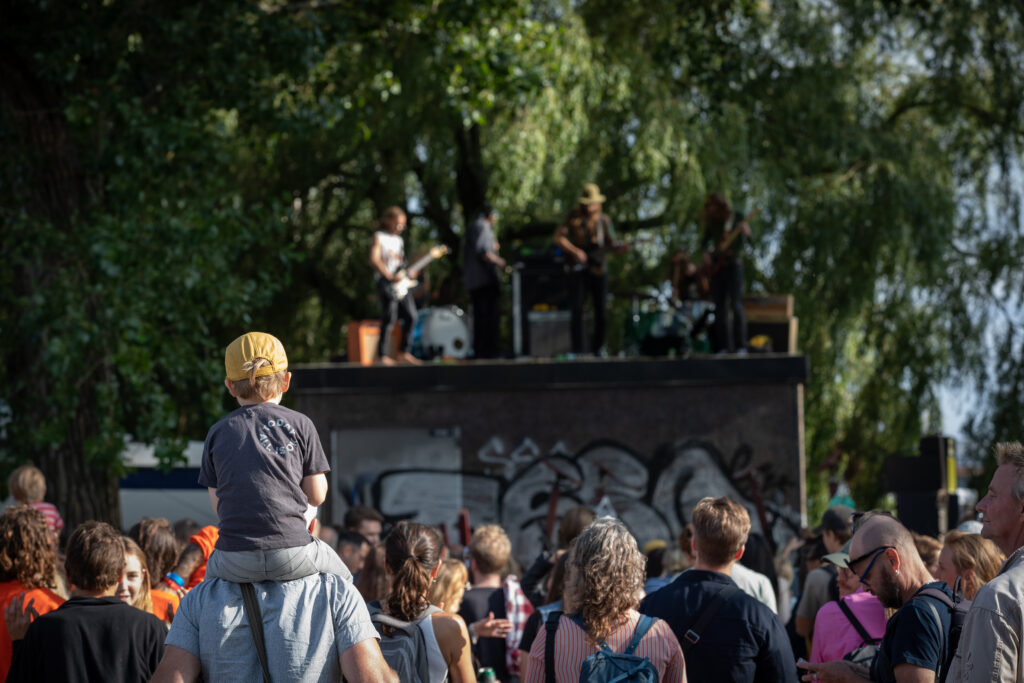- Home
- Best Practice Cases
- Artists make concerts accessible to a broader audience
Artists make concerts accessible to a broader audience
“Oh no, we just ended up right behind that tall person. Can you hear the crowd cheering – did the star just step onto the stage? No, wait, the cheering got even louder! There must be something else going on… and now everyone is laughing? I wonder why. Good, the music is starting again, now I can relax and just enjoy. Think, are we a thousand here, or maybe even ten thousand? Hard to say.”
Being at a concert can be such an experience for many, but for someone with a visual impairment, this is often the reality. That’s why the project “Verbalisera mera” was launched during the Gothenburg Culture Festival 2023. The purpose was to inform about the technique of verbal description to stage performers, an effective method that makes concert experiences and performances more accessible and enjoyable for everyone.
What is verbalisation?
Verbalisation is a branch of audio description and means incorporating a brief description of the key visual information into what is intended to be said. At a concert, this could happen in an introduction or in the banter between songs. It is about converting visual elements into spoken language, which can enhance the experience for audience members with visual impairments

Four simple steps to include verbalisation
1. Musicians
- Describe appearance and amount: E.g. “We are seven musicians on stage, let’s hope not all the brass from the wind instrument section blinds you.”
- Description of clothes: E.g. “Our dancers are wearing sweaters who symbolise vulnerability with hearts visible for all.”
2. Stage and Stage elements
- Stage: Tell us briefly about the size of the stage and how the performers are positioned.
- Visual effects: E.g. “Projections in the fond shows a train ride through Germany.
3. The Audience
- Audience Size Estimation: Give an idea of audience size and participation.
- Audience interaction: E.g. “We want to see all hands in the air now!”
4. Events
- Describe important events: Especially those that arouse audience reactions, such as change of clothes or stage gestures.
Advice from the Expert
Tina Weidelt, an experienced accessibility consultant, gives three advice for better verbalisation.

Choose!
Focus on the most significant visual elements.

Opt out!
Avoid excessively detailed descriptions.

Prepare in advance!
Plan which information what information is most important to mediate
Material for verbalisation, in Swedish

Verbalisera mera logotype
Verbalisera mera Graphic brief
Verbalisera mera Poster



